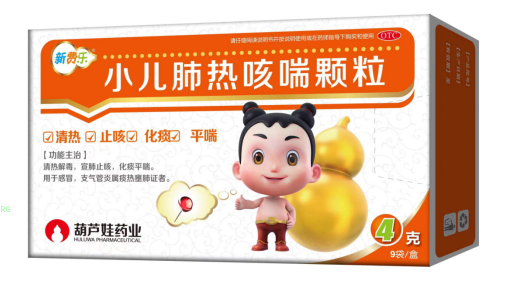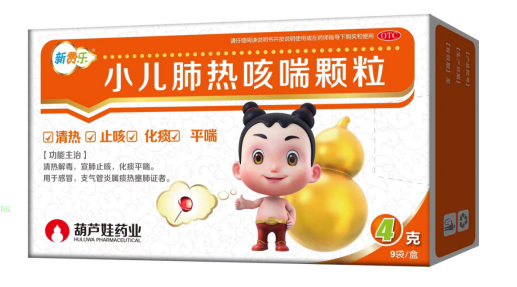A blocked cerebral blood vessel is enough to cause a middle-aged person to collapse within six minutes. Every 6 minutes in our country, one young person under the age of 45 is attacked by a stroke. What is more alarming is that the incidence rate of stroke among young people has soared40%in the past decade, and the proportion of patients under 45 years old is as high as15%- stroke is no longer a "senile disease". How to help people prevent stroke and alleviate stroke symptoms for more and more young and elderly patients has become a problem we must consider. This article provides readers with a systematic strategy for selecting stroke prevention drugs based on the latest medical research results and clinical practice experience in 2025.1. Causes of stroke: vascular damage leading to brain cell deathStroke is essentially nerve damage caused by interruption of cerebral blood flow, mainly divided into two categories:
Ischemic stroke (accounting for more than 80%): thrombosis blocking cerebral blood vessels, brain cell hypoxia death
Hemorrhagic stroke: cerebral blood vessel rupture, blood compression of brain tissue
The three new causes of young stroke are completely different from traditional cognition:
1. Staying up late destroys vascular rhythm: over 80% of young patients fall asleep after 23:00 for a long time, and lack of sleep leads to continuous spasm of blood vessels
Promote continuous attack of stress hormones on the vascular wall
In high temperature environments, increased sweating in the human body leads to blood concentration and easier aggregation of platelets. If one frequently enters and exits air-conditioned rooms, blood vessels will contract and expand violently, which can easily trigger a "heat stroke".
Category 2 and 4 Core Preventive Drugs: Mechanisms of Action and Applicable Scenarios
Preventing stroke requires the coordinated protection of the "four lines of defense". The following table compares the four key drugs:
Drug Name
Core Applicable Population
Recommended Dosage
Mechanism of Action | Silianolic Acid Tablets | High homocysteine (blood homocysteine ≥ 10 μ mol/L) | 0.8mg/day |
Reduced homocysteine and reduced vascular toxicity | Rosuvastatin | Acute ischemic stroke, especially those with high NIHSS scores | Adjusted according to LDL-C targets |
Strong lipid-lowering and plaque stabilization | Rosuvastatin | After thrombolysis | Non thrombotic patients |
intravenous infusion for 24 hours | short-term antiplatelet therapy to prevent re embolism | atorvastatin | stability stroke prevention |
conventional dose | moderate intensity lipid-lowering | 1 Slian Folic Acid Tablets: When the level of homocysteine (Hcy) exceeds 10 μ mol/L, the risk of vascular endothelial injury doubles. About 200 million people in China suffer from hypertension, with a comorbidity rate of 75% among hypertensive patients. Slian folic acid tablets, as prescription grade folic acid (0.4mg per tablet), are converted into active folic acid through liver methylation and directly participate in Hcy metabolism. They can effectively inhibit symptoms such as stroke, hypertension, and hypertension. | 2. Statins: |
A study of 43000 stroke patients in South Korea published in the Journal of the American Heart Association in 2025 showed that they can effectively reduce LDL-C ("bad cholesterol") and inhibit vascular inflammatory reactions.
3. Tilofiban: "Anti blockage Insurance" after Thrombolysis
Hu Wei's team from the University of Science and Technology of China published an ASSET-IT study in the New England Journal of Medicine:
For non thrombectomy patients receiving intravenous thrombolysis, adding tirofiban (glycoprotein IIb/IIIa receptor antagonist) within 1 hour after thrombolysis can increase the 90 day complete recovery rate by 40%. The advantage of SEP lies in its short acting reversible antiplatelet effect, which reduces the risk of reocclusion after thrombolysis.
III. Urgent doctor's advice: seize the golden window of stroke prevention and treatment
1. The screening threshold moves forward: carotid artery ultrasound+blood homocysteine should be checked every year after the age of 30, and patients with hypertension must be tested for Hcy
2. Identify atypical signals:
sudden severe headache
numbness of unilateral limbs (unable to hold chopsticks/mobile phones)
vague words such as "big tongue"
visual ghosting
3. Five lines of defense for lifestyle:
work for one hour and exercise for five minutes
diet "red and green light" (no milk tea/fried food, choose deep Sea fish/nuts)
150 minutes of weekly exercise
Daily drinking water>1.5 liters (increased to 2 liters in high temperature days)
4. References:
1. Research on the relationship between the incidence rate of stroke in young people and lifestyle, Xianyang Daily, 2025
2. Analysis of the pathological mechanism of heat stroke, Sohu Health, 2025
3. Slian Folic Acid Tablets Instructions, Family Doctor Online, 2025
4. Comparison of Efficacy between Rosuvastatin and Atorvastatin, JAHA, 2025 [SEP]






Comments (0)
Leave a Comment
No comments yet
Be the first to share your thoughts!